QuestionHi Chris: my husband and I would like to start a fresh water tank for our 3 yr old dauther - no gold fish please. We were thinking maybe 5-10 gallons to start with. We think we will be keeping this in her room and out of her reach. We are not sure on the type of fish / filter etc to start with. Any info you may supply will be appreciated. Thank you-
Lisa
AnswerHi Lisa;
What a great thing for a child! I've even used aquariums as nightlights in my kids' rooms for years. They keep a child's attention until they go to sleep. The bubbles and water movement sounds help babies with colic as well.
The best size for a starter tank is 10 gallons or larger. The smaller the tank the more problems you can have. The environment is so small that small problems become big ones very quickly. A larger tank gives you more space to make mistakes, and you have the opportunity to correct them before they are fatal to the fish.
The basics for a new setup;
*Aquarium with a secure cover and lights
*Power Filter (usually includes filter media, but check to be sure)
*Aquarium heater of correct wattage. You will need 5 watts of heater power per gallon of tank water.
*Gravel for the bottom, no more than 1/2 inch deep.
*3" or 4" fish net
*Algae scraper
*Aquarium Vacuum for cleaning
*3 to 5 gallon bucket with a handle and spout. Brand new if possible. You don't want one that has ever had cleaners or chemicals of any kind. Even soap is toxic to fish.
*Water conditioner to remove chlorine from the tap water and also helps fish with stress.
*A book on beginning fish keeping
*Decorations like plants, rocks, ceramics, plastic, etc.... (That's the fun part!)
The fish;
Start off with only 2 fish for the first 6 to 8 weeks. These will be the "break-in fish". A few possible choices are;
Platies
Zebra Danios
Guppies
Rainbowfish
Neon Tetras
These are all schooling fish so get 2 of the same kind for the break-in.
Here is my article on new tanks to get you started;
**********
New Tank Syndrome or Break-in Period
So you have a new tank and you filled it up, put the filter together, mounted the heater into place and turned on the lights. You have all the plants and decorations where you want them....
You are ready for fish.
But, your filter is not ready for a full tank of fish yet.
The filter is running and moving the water and cleaning out crud, right? Of course!
But a very important part of your filter is the part you can't see. An aquarium filter removes the larger visible stuff, but it also must remove the dissolved fish waste that turns into ammonia in the water. To do this, special bacteria must grow in the filter system and on the particles of gravel in the bottom of your tank. This process occurs even on a limited scale in little fish bowls that have no filter in them.
This is "New-Tank Syndrome" or the "Break-in Period". The entire process takes 6 to 8 weeks to complete because these "nitrifying" bacteria grow quite slowly.
Start off with only two hardy fish for every ten gallons of water and don't add more until the 6 to 8 weeks has gone by. Hard to be patient, but it is worth it to keep your fish alive and healthy. As a matter of fact, the bacteria cannot develop without fish in the tank. You can let that tank sit forever without fish in it, but as soon as the first fish goes in the process begins. Avoid changing the filter pads during break-in. This removes the bacterial colonies that are essential to a balanced aquarium. You can rinse the filter pad out in a container of aquarium water. This will preserve most of the bacteria colonies while still allowing your filter to flow freely. Even using bacteria additives and water conditioners when you first set up the tank will not make a tank cycle by itself. If there are no fish to provide food (fish waste) for the bacteria, the beneficial bacteria cultures will die and you will have to start the colonies all over again once fish are added to the tank.
Feed your new fish VERY lightly. Any excess food will cause additional waste your system cannot afford to have right now. If you see food floating around or lying on the plants and gravel after five minutes, too much food is going into the tank. Cut back a little each time you feed until it is ALL gone 5 minutes after you feed them.
During this "break-in period" your tank will become cloudy and milky looking. You may have to tolerate this for the entire break-in period but it is only temporary. Changing 25% of the water three times a week until the break-in period is over helps a great deal. Changing water reduces the ammonia and nitrites that rise while the bacteria continues to multiply. If ammonia and/or nitrites become too high, your fish will become stressed and possibly die. Use a good water conditioner when you replace the water and make sure it is the right temperature to avoid shocking your fish.
When the break-in period is over, do regular water changes and vacuum the gravel at the same time. A change of 25% every one to two weeks is a good rule of thumb. It simply needs to be done for healthy fish.
Following these guidelines will help you get your new tank on the right track.
**********
Followups welcome.
At Your Service;
Chris Robbins

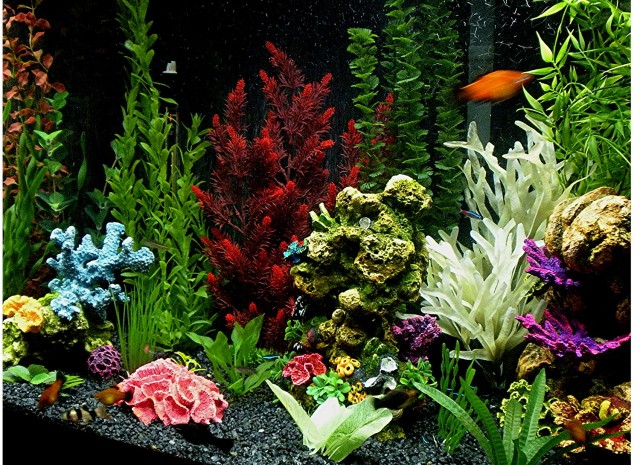 Upgrading my tank, want advice..
QuestionQUESTION: Hello April,
I got my first fish a c
Upgrading my tank, want advice..
QuestionQUESTION: Hello April,
I got my first fish a c
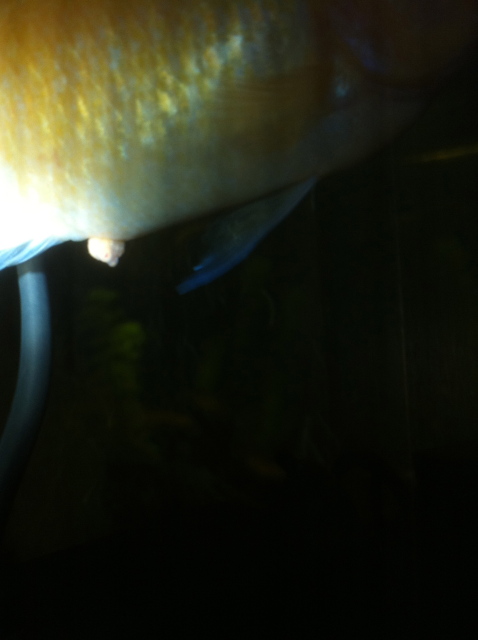 African Cichlid with swollen anus
Question
Red Zebra
I have what I believe is a Maylandia
African Cichlid with swollen anus
Question
Red Zebra
I have what I believe is a Maylandia
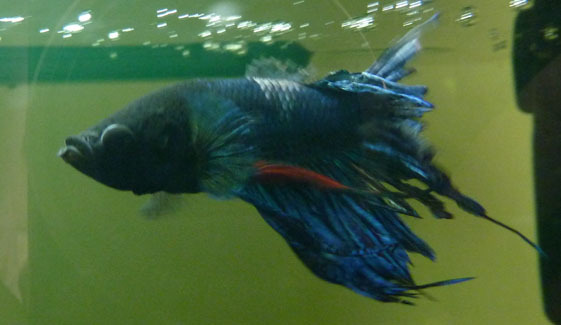 Fin rot and more...
QuestionQUESTION: Ive asked a lot of stores and some fo
Fin rot and more...
QuestionQUESTION: Ive asked a lot of stores and some fo
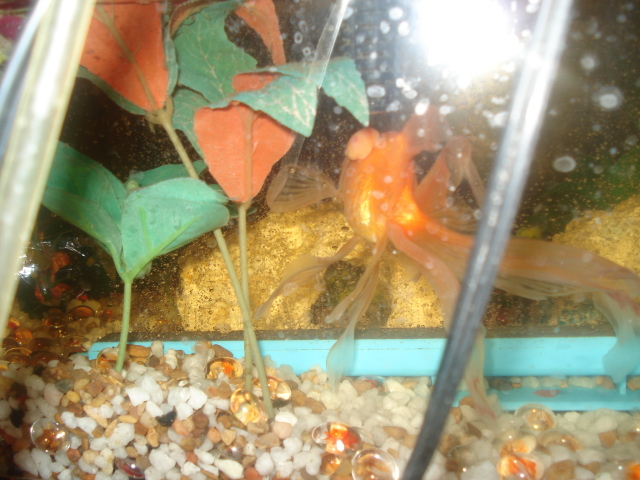 Lump On Fancytail Goldfish
QuestionQUESTION: Please help! I am so concerned for my
Lump On Fancytail Goldfish
QuestionQUESTION: Please help! I am so concerned for my
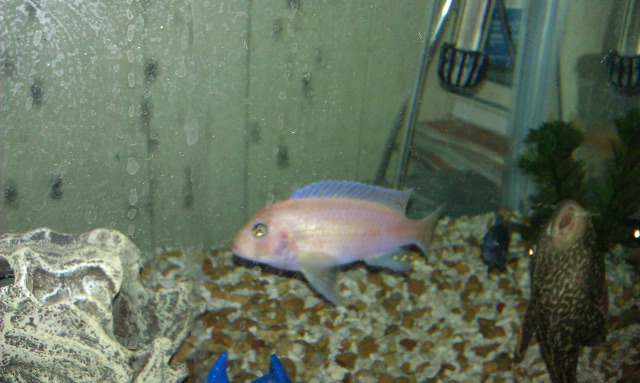 I need help identifying my new fish
Question
Pink Convict
Hello, Ive just recently p
I need help identifying my new fish
Question
Pink Convict
Hello, Ive just recently p